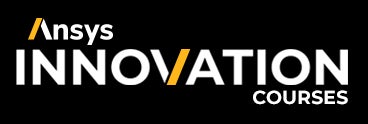Fundamentals of Metal Transfer in Arc Welding — Lesson 1
This lesson covers the intricate process of metal transfer in welding, specifically focusing on the finite element modeling of metal transfer in the welding process. It delves into the complexities of the modeling approach for metal transfer associated with the arc welding process. The lesson also discusses the different zones involved in the process, the forces at play, and the different mediums active during the process. It further explains the fundamentals of metal transfer in welding processes, the different modeling approaches, and the heat transfer analysis involved. The lesson also touches on the different types of metal transfer mechanisms such as short circuit transfer, globular transfer, spray transfer, and cold metal transfer.
Video Highlights
01:13 - Different zones in metal transfer and the role of shielding gas in the process
06:55 - factors affecting metal transfer mechanisms
10:27 - Conditions required for globular transfer of molten metal
16:27 - Conditions required for short circuit metal transfer
25:37 - Cold Metal Transfer (CMT) process
41:12 - Three phases in the CMT welding process
Key Takeaways
- The metal transfer process can be divided into different zones. First, there is a metal transfer from the consumable electrode, creating a droplet. Then, the droplet is transported from the electrode to the workpiece material. During this process, there is an interaction with the shielding gas.
- The metal transfer process can be divided into different zones, including the creation of a droplet from the consumable electrode, the transport of the droplet to the workpiece, and the interaction with the shielding gas.
- The modeling approach for metal transfer is usually associated with the arc welding process. It involves understanding the different forces at play, such as gravitational force and surface tension force, and how they influence the transfer mechanism.
- The Finite Element (FE) based modeling approach is important in understanding the different domains of analysis and developing the model. This includes understanding the heat transfer analysis and material flow analysis.

